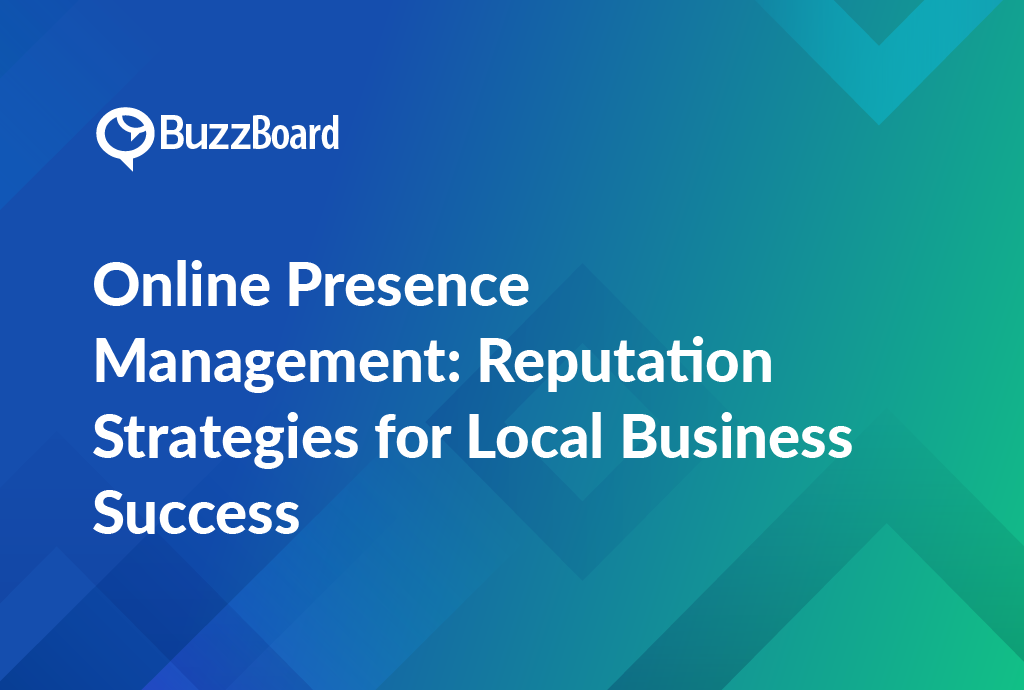Identifying the Importance of Measuring Outreach ROI for Small Businesses
Small businesses looking to maximize their marketing efforts must be adept at measuring outreach ROI. Implementing cost analysis, conducting revenue attribution, and utilizing lead tracking provide a comprehensive view of marketing effectiveness.
A major advantage of measuring outreach ROI for small businesses is fine-tuning marketing strategies based on empirical data. Examining conversion rates helps determine which methods drive customer engagement most effectively—an approach that can significantly advance marketing campaigns.
Understanding customer lifetime value, another cornerstone of ROI calculations, shows how valuable a customer is to your business over time. This knowledge helps allocate resources more efficiently, favoring marketing channels that attract high-value customers.
Applying marketing attribution models can help identify which marketing efforts contribute to sales and conversions, facilitating more precise and profitable decision-making.
While measuring ROI involves some intricacies, the insights gleaned can significantly impact small businesses’ success. For digital marketing agencies serving small business clients, understanding and explaining these metrics can set you apart.
For salespeople, translating these metrics into digestible terms for small business clients can upgrade your role from a service provider to a partner in their success. Recall, optimizing marketing based on ROI isn’t just about cost reduction – it’s about enhancing overall business performance.
Your next steps? Keep learning and improving your understanding of ROI calculations and data-driven decision-making.
Exploring the Role of Cost Analysis and Revenue Attribution in ROI Calculations
When it comes to digital marketing, accurately measuring outreach ROI for small businesses significantly impacts your campaign success. Utilization of cost analysis and revenue attribution is pivotal, ensuring you’re wisely investing your marketing budget and accurately tracking returns.
Cost analysis helps determine where and how your funds are spent. It entails a thorough examination of different costs incurred while conducting business, enabling you to identify high-cost areas. Conversely, revenue attribution clarifies specific marketing efforts’ role in generating revenue. Implementing a suitable marketing attribution model allows accurate tracking of various marketing channels’ effectiveness and aids in predicting future revenues.
Accurate lead tracking, conversion rates, and customer lifetime value (CLTV) data are crucial in ROI calculations. Understanding conversion rates enhances your decision-making process, while calculating CLTV helps estimate the revenue from a long-term customer relationship.
However, this task isn’t easy; complexities can arise due to the lack of definitive customer journey data. Hence, the importance of a data-driven decision-making approach becomes evident. Decisions backed by empirical data give your business a solid framework, evaluating and measuring the success of your marketing activities.
While these factors can occasionally complicate the ROI calculation, they undoubtedly enhance it, enabling more precise and insightful analysis. This facilitates more efficient budget allocation and allows re-evaluation of marketing strategies, promoting overall business growth.
Explore more through this link, and let us help you foster more decisive and impactful marketing strategies for your small business clients. Let’s transform data into insight and insight into action.
The Impact of Lead Tracking and Conversion Rates on Measuring ROI
Understanding lead tracking and conversion rates’ impact on measuring ROI is essential for measuring outreach ROI in small businesses. As sales professionals, it starts with utilizing lead tracking to monitor the potential customer’s behavior and interaction with digital marketing efforts. This data-driven decision-making process can significantly shape your marketing strategies, ensuring they are targeted and effective.
Conversion rates further illustrate the success of these marketing tactics. Analyzing how many potential customers are converted into actual customers provides insights into different methods’ effectiveness. Using this information, businesses can optimize their marketing plans for maximum returns.
Revenue attribution complements lead tracking and conversion measurement. It enables us to link revenue back to specific marketing initiatives. In doing so, we make marketing attribution models more accurate and contribute to more informed cost analysis. The ultimate goal here is to enhance the customer lifetime value.
To truly understand ROI, we should consider both the tangible and intangible returns from our marketing investments. While tangible returns, like sales and revenue, are easily measured, intangible returns such as brand awareness, customer loyalty, and market share are trickier to quantify.
Integrating these key components into your ROI calculations can substantially improve the accuracy and relevance of your analyses, helping you build a compelling case to small and local businesses about digital marketing benefits.
Further reading: For more resources on data analytics: CTA: Stay ahead of the game with our cutting-edge insights and digital marketing solutions. Contact us today.
Understanding Customer Lifetime Value and Its Effect on ROI of Outreach Efforts
Understanding the Customer Lifetime Value (CLV) and its impact on the Return on Investment (ROI) of outreach efforts is crucial for marketing agencies working with small businesses. CLV refers to the total revenue a business can expect from a single customer account, taking into account both the revenue and the anticipated lifespan of the customer-business relationship.
Making data-driven decisions to measure outreach ROI demands an understanding of various metrics such as conversion rates, lead tracking, cost analysis, and revenue attribution. Conversion rates, for example, offer insights into the effectiveness of marketing strategies in turning prospective buyers into paying customers.
Lead tracking is another integral part of this model. This practice allows businesses to identify potential customers and gauge their interests based on their online behavior. When coupled with cost analysis, businesses can determine the cost of acquiring a lead thereby optimizing their marketing spending.
The understanding of revenue attribution is also vital. Marketing attribution models offer insights into the strategies or channels driving sales, facilitating resource allocation.
When calculating ROI, one has to focus on the cost associated with acquiring and retaining customers against the revenue generated from them. This approach helps understand the effectiveness of outreach campaigns. Understanding these metrics can help increase the CLV, ultimately improving the overall outreach ROI for small businesses.
For comprehensive insights and strategies to boost your CLV and ROI, remember, a data-driven approach to marketing can enhance your strategic decision-making process.
How Marketing Attribution Models and Data-Driven Decision Making Enhance ROI Calculations
In today’s digital-centric marketplace, small businesses are increasingly realizing the value of marketing attribution models and data-driven decision-making for assessing outreach ROI. By gathering data from multiple sources, these models offer a detailed cost analysis, emphasizing the effectiveness of investment into specific marketing channels and campaigns.
One crucial aspect of these models is revenue attribution. It enables small businesses to pinpoint which parts of their marketing efforts are yielding a return on investment. It provides valuable lead tracking information for a clearer understanding of the customer acquisition process.
Further down the data funnel, conversion rates become another quantifiable metric. Using data-driven decisions, businesses can identify the parts of their marketing strategy that are turning leads into paying customers and accordingly adjust their strategy for enhanced results.
However, these models are not solely about evaluating immediate ROI; they’re also about understanding customer lifetime value (CLV). Concentrating on CLV helps businesses fine-tune their approach to retain customers and augment long-term profitability.
Marketing attribution models and data-driven decision-making aren’t only tech jargon; they are tried-and-tested tactics to improve ROI calculations. When utilized effectively, these methods provide meaningful insights, leading to astute business decisions.
For more detailed information about how marketing attribution models and data-driven decision making can bolster your ROI, remember, the greater the granularity of the data, the more accurate your revenue attribution, hence the higher your marketing ROI.








